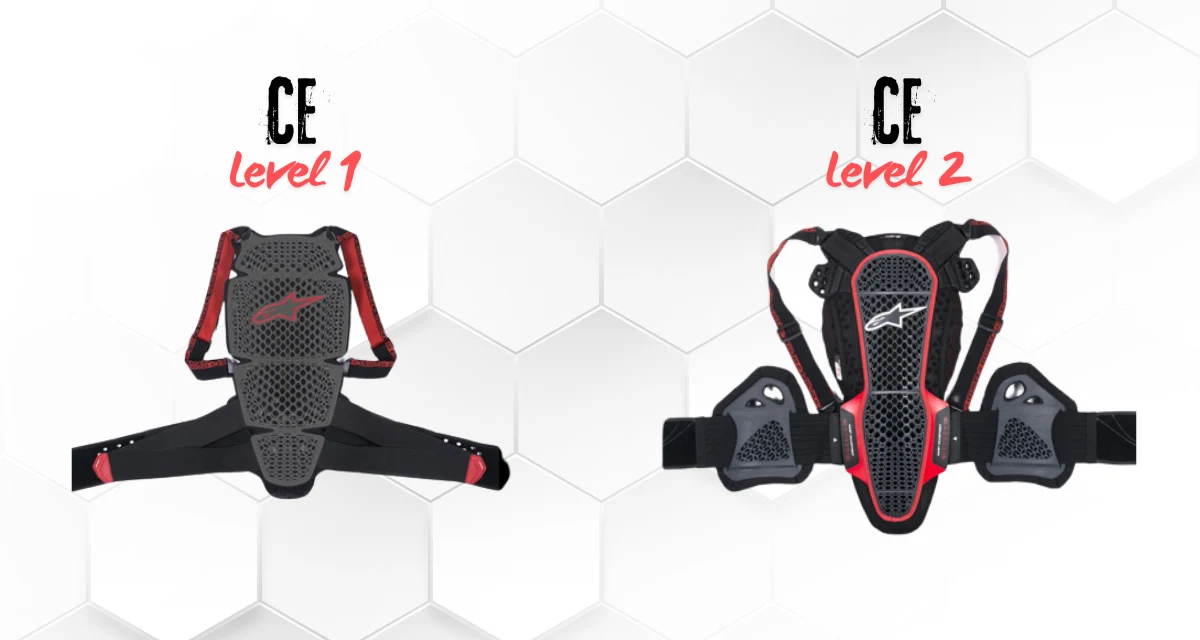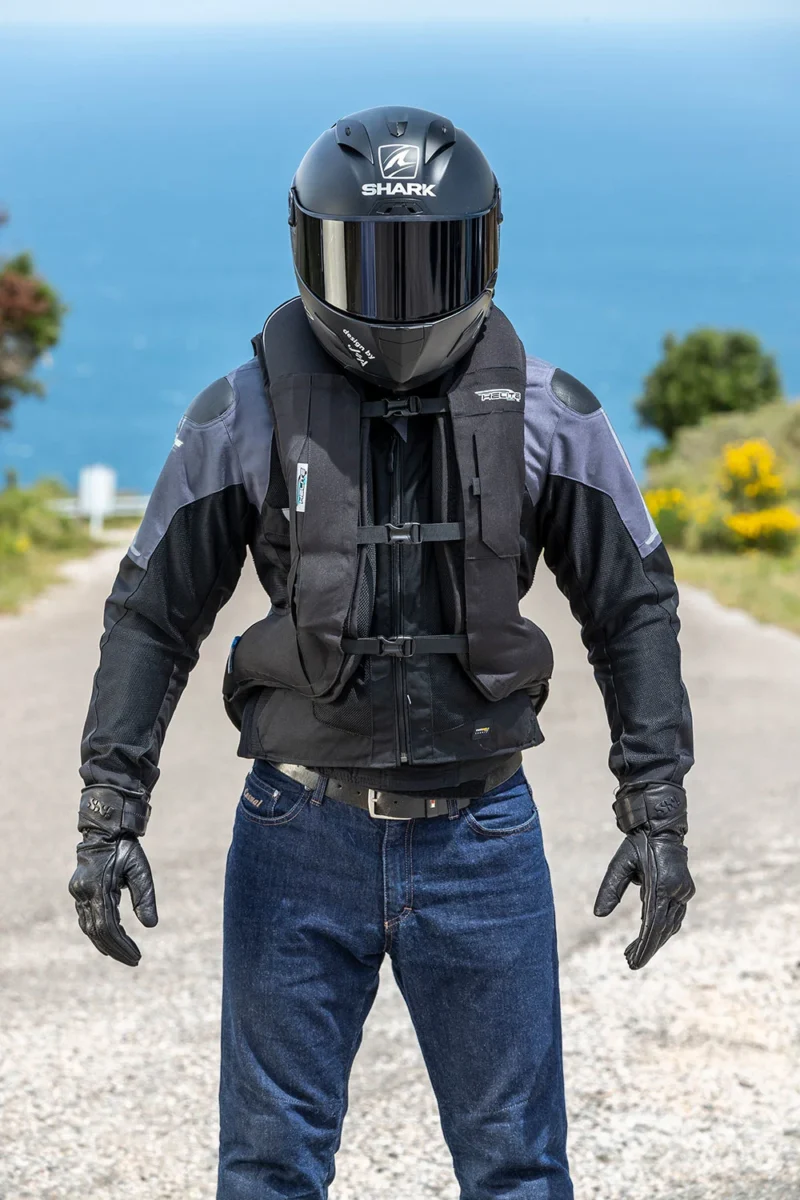Your armor—the stuff that’s supposed to save your skin in a crash—might be giving you a false sense of security. I’ve been riding for over a decade, and let me tell you, not all armor is created equal.
From cheap knockoffs that crumble on impact to bulky pads that slide out of place mid-crash, I’ve seen it all. Today, we’re diving into the 5 deadly mistakes riders make with their gear—and how to avoid them.
#1: Trusting the “CE” Label Blindly

“CE Certified” Doesn’t Mean “Crash-Proof”
CE Level 1 armor only absorbs up to 35 kN of force, while Level 2 maxes out at 20 kN. That’s like comparing a bicycle helmet to a motocross lid.
I learned this the hard way during a track day. My Level 1 elbow pads? They felt like cardboard when I low-sided at 40 mph. Now, I only ride with Level 2 armor (like Klim’s SuperFabric) for high-speed adventures.
Pro Tip: Check the tags. If it just says “CE Certified,” dig deeper. Which standard does it meet? EN 1621-1 (limbs) or EN 1621-2 (back)? Brands like Alpinestars and REV’IT! are transparent about this—budget brands? Not so much.
#2: Ignoring the “AA” vs. “A” Abrasion Trap
That “A” rating on your gear? It means it’ll last about 4 seconds in a slide. “AA” buys you 7+ seconds.
Last summer, a buddy’s $99 Amazon special (rated “A”) disintegrated in a 20mph spill. His road rash took months to heal. Meanwhile, my REV’IT! Sand 5 H2O (AA-rated) has survived two slides unscathed.
Key Takeaway: AA-rated gear isn’t just for racers. Brands like KLIM and Dainese offer affordable options under $300. Skip the fast-fashion armor.
#3: Letting Your Armor Play Hide-and-Seek

Helite Turtle 2 Motorcycle Jacket
Fit matters. I‘ve lost count of riders who buy armor that’s too stiff, too loose, or just plain awkward. Alpinestars Nucleon armor nails it—flexible, adjustable, and stays put.
DIY Fix: If your armor shifts, try Velcro straps or compression shirts. Or invest in modular systems like D3O Ghost, which molds to your body like second skin.
#4: Sticking With Stock Armor
Most stock armor is CE Level 1 at best. Upgrading to SAS-TEC TripleFlex or Forcefield pads costs less than a new exhaust—and could save your collarbone.
Upgrade Hack: I swapped the basic pads in my touring jacket for D3O Ghost Level 2. Total cost? $50. Now I’m protected without feeling like the Michelin Man.

Alpinestars Tech-Air 5
#5: Letting Weather Destroy Your Gear
Foam armor absorbs water, which weakens it over time. Riding in Texas taught me this: my first mesh jacket’s pads turned to mush after the monsoon season. Now, I use KLIM’s AI Thermo Liners—they’re waterproof and breathable.
Hot Weather Tip: Look for armor with perforations, like ICON 1000 Upstate Mesh. Cold rides? Layer thermal liners over your pads.
The Hidden Cost of “Saving” Money
Think that a 150 jacket is a steal? Think again. ER bills for a broken shoulder? $15,000+. Trauma surgeons I’ve chatted with say riders in cheap gear often face fractures, while those in quality armor walk away bruised but intact.
- Prioritize Level 2 armor for elbows, knees, and back.
- AA-rated shells + Level 2 pads = golden combo.
- Buy from trusted retailers (RevZilla, KLIM)—not sketchy Amazon sellers.
Your armor isn’t just gear—it’s your lifeline. Don’t let flashy marketing or bargain tags fool you. Invest in quality, check those CE labels, and never assume “good enough” is enough.
Share this with a rider who still thinks armor is armor. Because in a crash, the difference between CE Level 1 and Level 2 isn’t just numbers—it’s your life.




